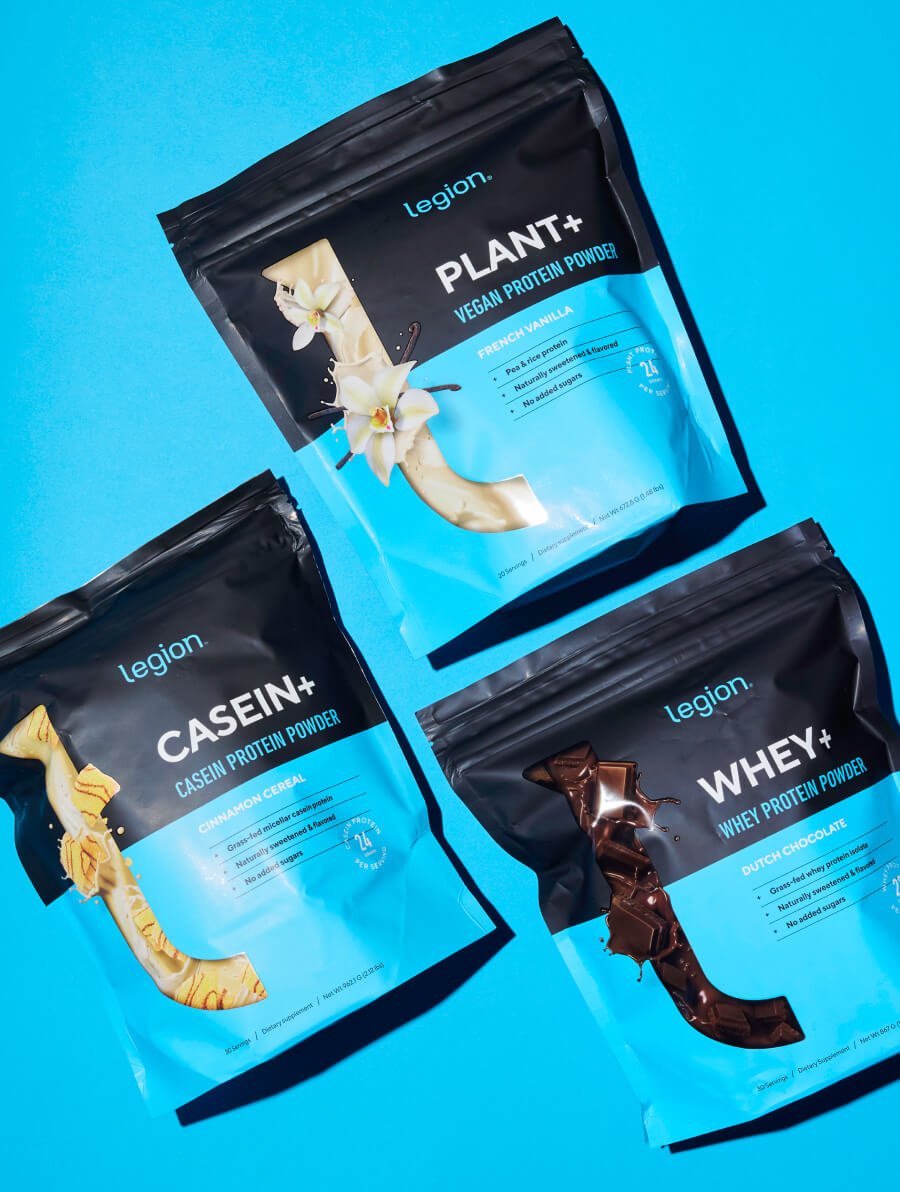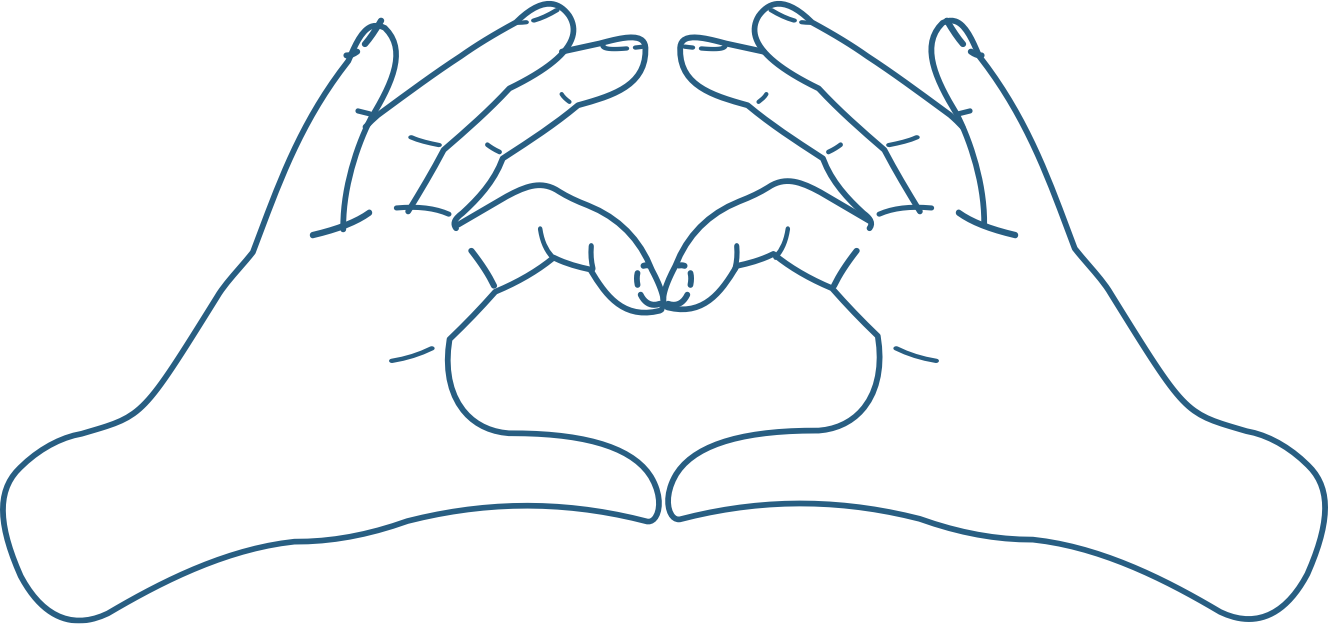You’ve probably heard that you need more protein while cutting (dieting to lose fat).
The idea is that reducing your calorie intake encourages your body to break down muscle for energy, and the best way to counter this is to eat more protein.
This recommendation became popular after a 2014 review examined six studies on dieting athletes. The authors noticed that those eating the most protein retained more muscle while cutting, so they suggested that protein needs likely rise when you’re in a calorie deficit.
Since then, coaches and commentators in evidence-based fitness circles have advised dieters to eat anywhere from 1-to-2+ grams of protein per pound of body weight per day (g/lb/day).
More recently, however, some experts have questioned these recommendations.
They argue that the original review had methodological weaknesses. For instance, it didn’t include a formal statistical analysis or cite any direct studies showing protein needs actually rise when dieting.
Nor did it provide indirect evidence—no studies showed a higher protein intake is beneficial while cutting compared to maintaining or bulking (dieting to build muscle).
In other words, the idea that you need more protein while cutting was more hypothesis than fact. And when you look at the research that actually tests protein needs during a cut, a more moderate intake seems to work just fine.
For example, a study from AUT University placed experienced weightlifters in a 40% calorie deficit. One group ate 0.73 g/lb/day, the other 1.27 g/lb/day. After two weeks, both groups retained the same amount of muscle and lost the same amount of fat.
Similarly, a study published in the FASEB Journal had military personnel eat 40% below their TDEE while doing some light strength training 3-to-4 times weekly. One group ate 0.73 g/lb/day, while the other ate 1.09 g/lb/day. After three weeks, both groups saw the same changes in body composition.
In another study published in the International Journal of Sports Medicine, researchers found that bodybuilders on a week-long cut preserved all of their “lean mass” (a proxy for muscle) when they ate 0.75 g/lb/day, while those eating 0.35 g/lb/day lost significant lean mass.
And in a 2-week study from the University of Birmingham, weightlifters in a 40% calorie deficit lost significantly more muscle (3.5 lb) when consuming 0.45 g/lb/day compared to those consuming 1.05 g/lb/day (0.7 lb).
However, it’s worth noting that the participants in this study were already fairly lean (~15% body fat), training intensely for nearly six hours per week, and dieting aggressively.
These factors likely made the low-protein diet even more detrimental to muscle retention—and may also explain why even the high-protein group experienced a small amount of muscle loss.
With a more realistic diet and training regimen, 1.05 g/lb/day would probably have been sufficient to fully preserve their muscle mass.
So, How Much Protein Should You Eat While Cutting?
Taken together, these studies suggest that if you’re looking to maintain muscle while cutting, you should eat at least 0.7-to-0.8 g/lb/day, and up to 1 g/lb/day if you’re highly active (strength training, doing cardio, and playing sports multiple times per week).
If you’re already very lean (less than 8% body fat for men or 18% for women) and looking to get even leaner, there’s evidence that your body burns more protein for fuel when there’s less fat available, so eating around 1-to-1.2 g/lb/day might provide a better buffer against muscle loss—at least in theory.
Why Some People Choose to Eat More Protein While Cutting
A common reason some people choose to eat extra protein is “individual variability”—the idea that protein requirements differ from person to person.
For instance, one study found that while most endurance cyclists needed 0.75 g/lb/day, some needed as much as 1.25 g/lb/day to maintain nitrogen balance (a sign you’re retaining muscle mass).
If your needs are higher than average, eating slightly more protein can help ensure you’re not falling short. That said, your protein needs are probably close to the average (that’s how averages work), so adding extra likely isn’t necessary.
Why Eating Too Much Protein Isn’t a Good Idea While Cutting
While eating somewhat above the minimum might offer peace of mind, going above 1 g/lb/day likely won’t help most people—and may even make dieting harder.
Eating excessive protein leaves less “room” in your diet for carbohydrates and fats. Since carbs and fats fuel your workouts, aid recovery, regulate hormones, and keep you full, cutting them too low for the sake of extra protein may make training and dieting harder than it needs to be.
Scientific References +
- Helms, Eric R., et al. “A Systematic Review of Dietary Protein during Caloric Restriction in Resistance Trained Lean Athletes: A Case for Higher Intakes.” International Journal of Sport Nutrition and Exercise Metabolism, vol. 24, no. 2, Apr. 2014, pp. 127–138, https://doi.org/10.1123/ijsnem.2013-0054.
- Helms, Eric R., et al. “High-Protein, Low-Fat, Short-Term Diet Results in Less Stress and Fatigue than Moderate-Protein, Moderate-Fat Diet during Weight Loss in Male Weightlifters: A Pilot Study.” International Journal of Sport Nutrition and Exercise Metabolism, vol. 25, no. 2, Apr. 2015, pp. 163–170, https://doi.org/10.1123/ijsnem.2014-0056.
- Pasiakos, Stefan M., et al. “Effects of High-Protein Diets on Fat-Free Mass and Muscle Protein Synthesis Following Weight Loss: A Randomized Controlled Trial.” FASEB Journal: Official Publication of the Federation of American Societies for Experimental Biology, vol. 27, no. 9, 1 Sept. 2013, pp. 3837–3847, pubmed.ncbi.nlm.nih.gov/23739654/, https://doi.org/10.1096/fj.13-230227.
- Walberg, J., et al. “Macronutrient Content of a Hypoenergy Diet Affects Nitrogen Retention and Muscle Function in Weight Lifters.” International Journal of Sports Medicine, vol. 09, no. 04, Aug. 1988, pp. 261–266, https://doi.org/10.1055/s-2007-1025018.
- METTLER, SAMUEL, et al. “Increased Protein Intake Reduces Lean Body Mass Loss during Weight Loss in Athletes.” Medicine & Science in Sports & Exercise, vol. 42, no. 2, Feb. 2010, pp. 326–337, pubmed.ncbi.nlm.nih.gov/19927027/, https://doi.org/10.1249/mss.0b013e3181b2ef8e.
- Elia, M., et al. “Differences in Fat, Carbohydrate, and Protein Metabolism between Lean and Obese Subjects Undergoing Total Starvation.” Obesity Research, vol. 7, no. 6, Nov. 1999, pp. 597–604, https://doi.org/10.1002/j.1550-8528.1999.tb00720.x. Accessed 13 Oct. 2020.
- Houltham, Stuart Douglas, and David S. Rowlands. “A Snapshot of Nitrogen Balance in Endurance-Trained Women.” Applied Physiology, Nutrition, and Metabolism = Physiologie Appliquee, Nutrition et Metabolisme, vol. 39, no. 2, 1 Feb. 2014, pp. 219–225, www.ncbi.nlm.nih.gov/pubmed/24476478, https://doi.org/10.1139/apnm-2013-0182. Accessed 14 Mar. 2020.
- Whittaker, Joseph, and Miranda Harris. “Low-Carbohydrate Diets and Men’s Cortisol and Testosterone: Systematic Review and Meta-Analysis.” Nutrition and Health, vol. 28, no. 4, 7 Mar. 2022, p. 026010602210830, https://doi.org/10.1177/02601060221083079.
- Whittaker, Joseph, and Kexin Wu. “Low-Fat Diets and Testosterone in Men: Systematic Review and Meta-Analysis of Intervention Studies.” The Journal of Steroid Biochemistry and Molecular Biology, vol. 210, June 2021, p. 105878, https://doi.org/10.1016/j.jsbmb.2021.105878.
- Koerich, Ana Clara C., et al. “Effects of the Ketogenic Diet on Performance and Body Composition in Athletes and Trained Adults: A Systematic Review and Bayesian Multivariate Multilevel Meta-Analysis and Meta-Regression.” Critical Reviews in Food Science and Nutrition, 27 June 2022, pp. 1–26, https://doi.org/10.1080/10408398.2022.2090894.










